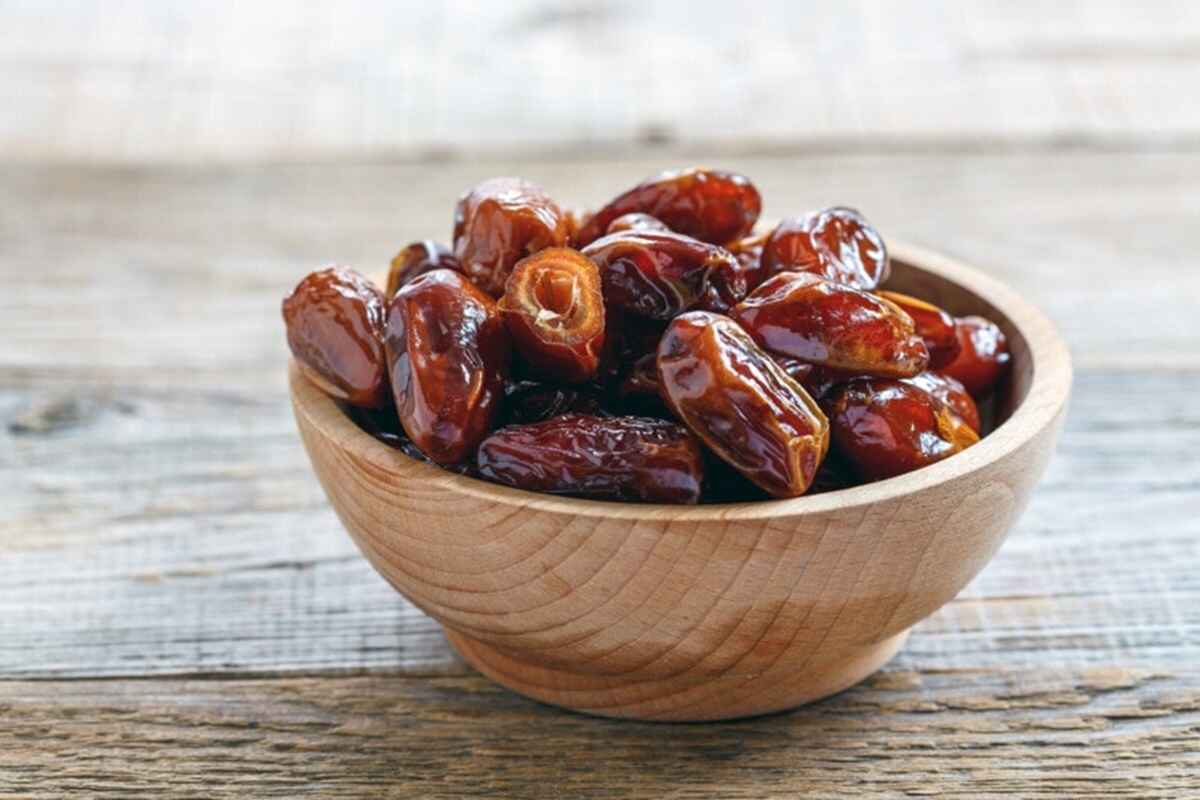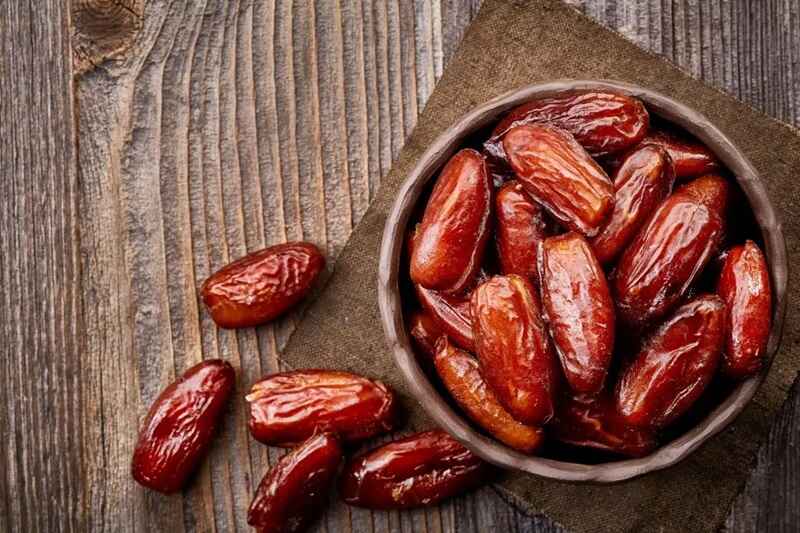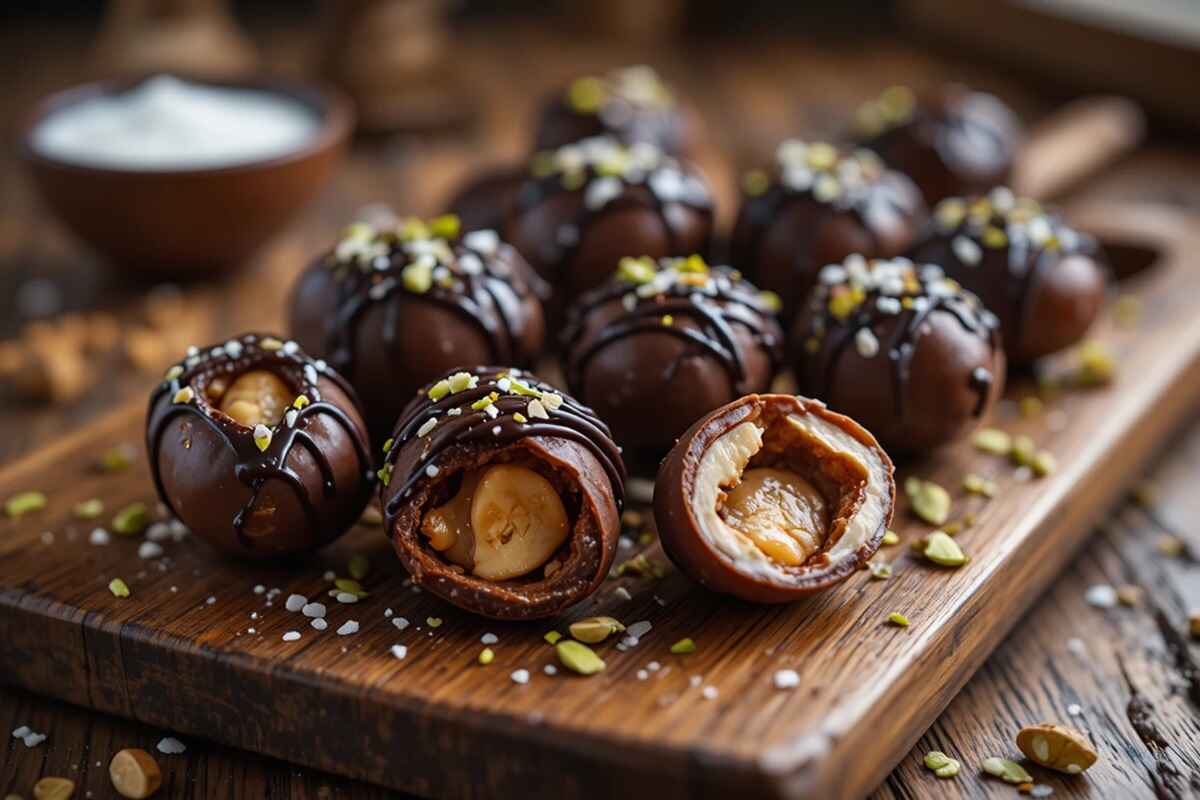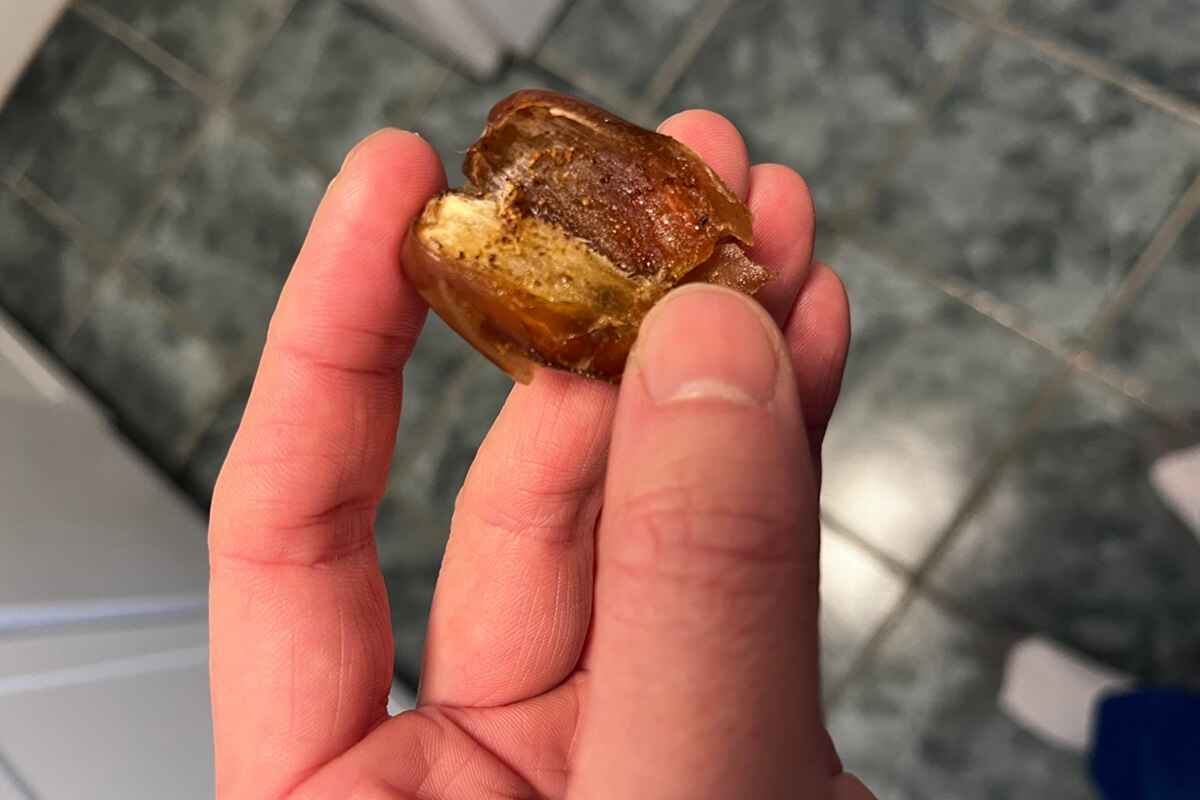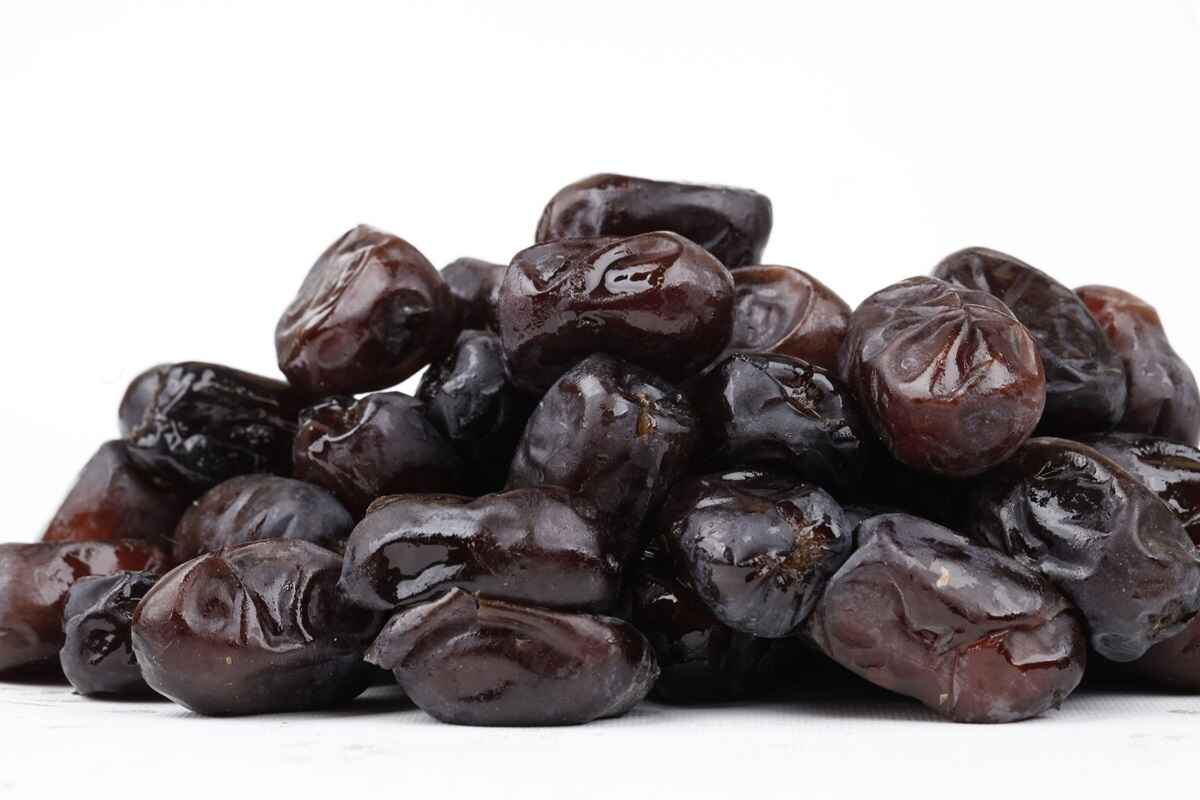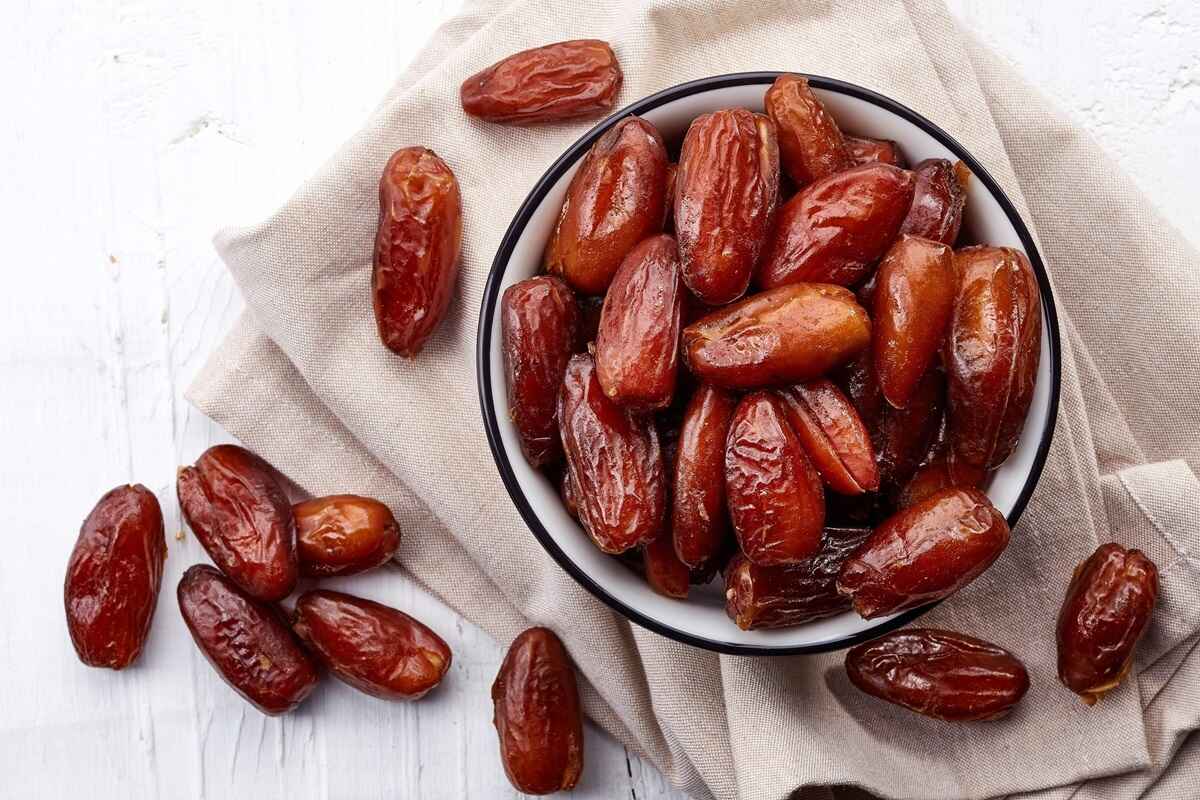What Does a Fresh Date Look Like: Dates have long been cherished across countless cultures, celebrated not only for their natural sweetness but also for their impressive nutritional profile. For centuries, they’ve been a staple snack, a dessert ingredient, and even a ceremonial food in some regions.
While dried dates dominate global markets, the fresh variety offers an entirely different experience—visually, texturally, and in taste. Learning to recognize fresh dates and understanding their characteristics will help you fully appreciate why they are so highly valued.
Persa Trading, as experts in Iranian dates, has prepared this article to help traders who buy dates wholesale better understand and evaluate the quality of dates.
What Does a Fresh Date Look Like?
This section has examined the different facets of fresh dates in detail:
What Do Fresh Dates Taste Like?
The flavor of a fresh date evolves dramatically as it ripens. Variety plays a big role, but ripeness is the most important factor.
- Ripe (Golden to Brown) Fresh Dates: As dates ripen, their color deepens from yellow or golden to rich brown. The flesh softens, becoming tender and juicy. The flavor intensifies, often drawing comparisons to caramel, honey, or brown sugar. This sweetness is entirely natural, coming from sugars like fructose and glucose. Ripe fresh dates are a joy to eat on their own, but they also work beautifully in both sweet and savory recipes.
- Unripe (Green) Fresh Dates: When dates are still in their unripe, green stage, they’re firm, crisp, and only mildly sweet. The texture is similar to that of an apple, with a clean crunch and a faintly tangy undertone. Their sugar content is still developing, so they taste more refreshing than indulgent. Some people enjoy this stage for its unique crunch, while others wait for full ripeness to enjoy maximum sweetness.
- Differences based on different species: Fresh dates come in many varieties—Medjool, Mazafati, Piarom, Zahedi, Barhi, and Deglet Noor, to name just a few—and each has its own texture, sweetness level, and aroma. Some are silky and melt-in-your-mouth, while others retain a pleasant chewiness even when fully ripe. Trying different varieties is the best way to discover your personal favorite.
Appearance of Fresh Dates
What Does a Fresh Date Look Like: The appearance is important! Most people’s mental image of a date is the familiar deep-brown, shriveled fruit stacked in boxes at supermarkets. But fresh dates look quite different. Depending on their stage of ripeness, they may be pale yellow, golden, or amber-brown, with smooth, slightly glossy skin.
Unlike dried dates, which have had most of their moisture removed, fresh dates are plump, firm to the touch, and carry a natural juiciness. They may be slightly sticky on the outside, but far less so than dried ones.
The size and shape vary by variety—some are small and oval, others are larger and elongated. Totally fresh dates are smaller. The skin tends to be thinner in fresh dates, often stretching tightly over the soft flesh beneath.
Nutritional Value and Health Benefits
Fresh dates aren’t just delicious—they are packed with an impressive range of nutrients that make them a valuable addition to a healthy diet. Rich in potassium, magnesium, vitamin B6, and iron, they also provide a generous amount of dietary fiber and powerful antioxidants.
The natural sugars found in fresh dates offer a quick yet steady energy boost, avoiding the sudden crash often caused by refined sweets. Their high fiber content supports smooth digestion and promotes a healthy gut, while the potassium and magnesium work together to help regulate blood pressure and maintain cardiovascular health.
In addition, antioxidants such as flavonoids and carotenoids protect the body from oxidative stress and help reduce inflammation, making fresh dates both a nourishing and health-promoting snack
How to Store Fresh Dates to Keep Them Fresh Longer
So far in the article, we have seen What Does a Fresh Date Look Like. Now, let’s take a look at how to store dates to keep them fresh for longer. Fresh dates have a higher moisture content than dried ones, which means they don’t last as long at room temperature. To keep them at their best:
-
Refrigeration – Store them in an airtight container in the refrigerator to maintain their juiciness for several weeks.
-
Freezing – For long-term storage, freeze fresh dates. They will retain both flavor and texture for several months when properly sealed.
-
Avoid Moisture – While they are naturally moist, excess condensation in packaging can encourage spoilage, so always check for dryness before sealing.
-
Keep Away from Strong Odors – Fresh dates can absorb smells from other foods, so store them away from pungent items like onions or garlic.
Shelf Life of Dates: Fresh vs. Dried
The shelf life of dates varies significantly depending on whether they are fresh or dried.
Fresh Dates
Fresh dates, due to their higher moisture content, are more perishable. When kept at room temperature, they typically last only a few days before beginning to lose their texture and flavor. Storing them in the refrigerator extends their life to about 3–4 weeks, while freezing can keep them in good condition for up to a year.
Dried Dates
Dried dates have had much of their moisture removed, making them far more stable. At room temperature, they can last for several months in a cool, dry pantry if stored in an airtight container. In the refrigerator, they can maintain quality for up to a year, and in the freezer, they can last even longer without losing flavor or texture.
Signs of Spoilage
Regardless of type, dates should be discarded if they develop an off smell, show mold growth, or have a sour taste. While natural sugar crystals forming on the skin are harmless, sticky patches with unusual discoloration may indicate spoilage.
By understanding their storage needs and shelf life, you can enjoy dates—fresh or dried—at their peak flavor and nutritional value.
Final Thoughts: What Does a Fresh Date Look Like
Fresh dates are far more than just a sweet snack. Their unique visual appeal, evolving flavor profile, and remarkable health benefits make them one of nature’s most enjoyable fruits. Whether you savor them at the crisp, green stage or wait for them to ripen into soft, caramel-sweet gems, fresh dates offer both culinary delight and nutritional value. With proper storage, you can enjoy their freshness for weeks—or even months—after harvest.
